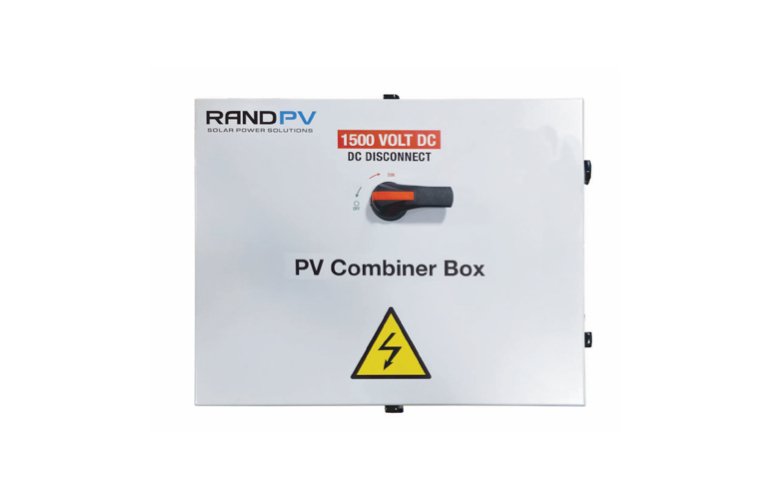RAND PV Combiner Boxes Secure UL 1741 Certification for Solar Safety
When it comes to solar installations, reliability isn’t a luxury—it’s non-negotiable. That’s why the news of RAND PV’s combiner boxes achieving UL 1741 certification is making waves in the industry. Neal Katz, President of RAND PV, put it best: “This certification is a milestone for our team and proof of our commitment to quality.” But what does this mean for installers and project developers? Let’s break it down.
Why UL 1741 Matters for Solar Combiner Boxes
UL 1741 isn’t just another sticker on the box. It’s the gold standard for safety and performance in grid-tied solar equipment. Combiner boxes, which pool power from multiple solar panels, face intense heat, unpredictable weather, and constant electrical stress. Without rigorous testing, failures can lead to fires or system crashes—costing time and money.
The Hidden Risks of Non-Certified Components
Remember the 2019 Arizona wildfire linked to a faulty combiner? Investigations traced it back to substandard materials. UL 1741 certification ensures boxes can handle:
- Overvoltage spikes (like those sudden summer storms)
- Fault currents without melting down
- Decades of UV exposure without cracking
RAND PV’s Focus on Field-Ready Reliability
Solar contractors know combiner boxes live in harsh environments—rooftops in Phoenix, farms in Minnesota. Katz emphasized their design ethos: “Our customers need solutions that perform when it counts.” Here’s how RAND PV’s boxes stand out:
- Military-grade enclosures resisting dust and moisture
- Smart heat dissipation avoiding fan failures (a common pain point with SMA inverters)
- Tool-less maintenance—no more lost screws in the grass
But What About Compatibility?
Some engineers worry certified gear limits flexibility. Surprisingly, RAND PV’s boxes play nice with Tesla Powerwalls and Fronius inverters right out of the crate. Their modular design even allows custom configurations for microgrid projects.
The Financial Upside for Installers
UL-certified components might cost 15% more upfront, but they slash long-term headaches:
- Faster permitting (inspectors recognize UL marks instantly)
- Lower insurance premiums—some carriers offer 10% discounts
- Zero callback costs for certification-related failures
This reminds me of California’s 2020 push for certified rapid shutdown devices—contractors using uncertified parts got stuck in endless corrections.
Looking Ahead: The Certification Trend
With utilities like PG&E tightening interconnection rules, UL 1741 is becoming table stakes. RAND PV’s move positions them alongside giants like Eaton and SolarEdge in the compliance race. As Katz noted, “Quality isn’t about keeping up—it’s about staying ahead.”
For solar pros, the message is clear: certified combiners aren’t just safer—they’re smarter business.






